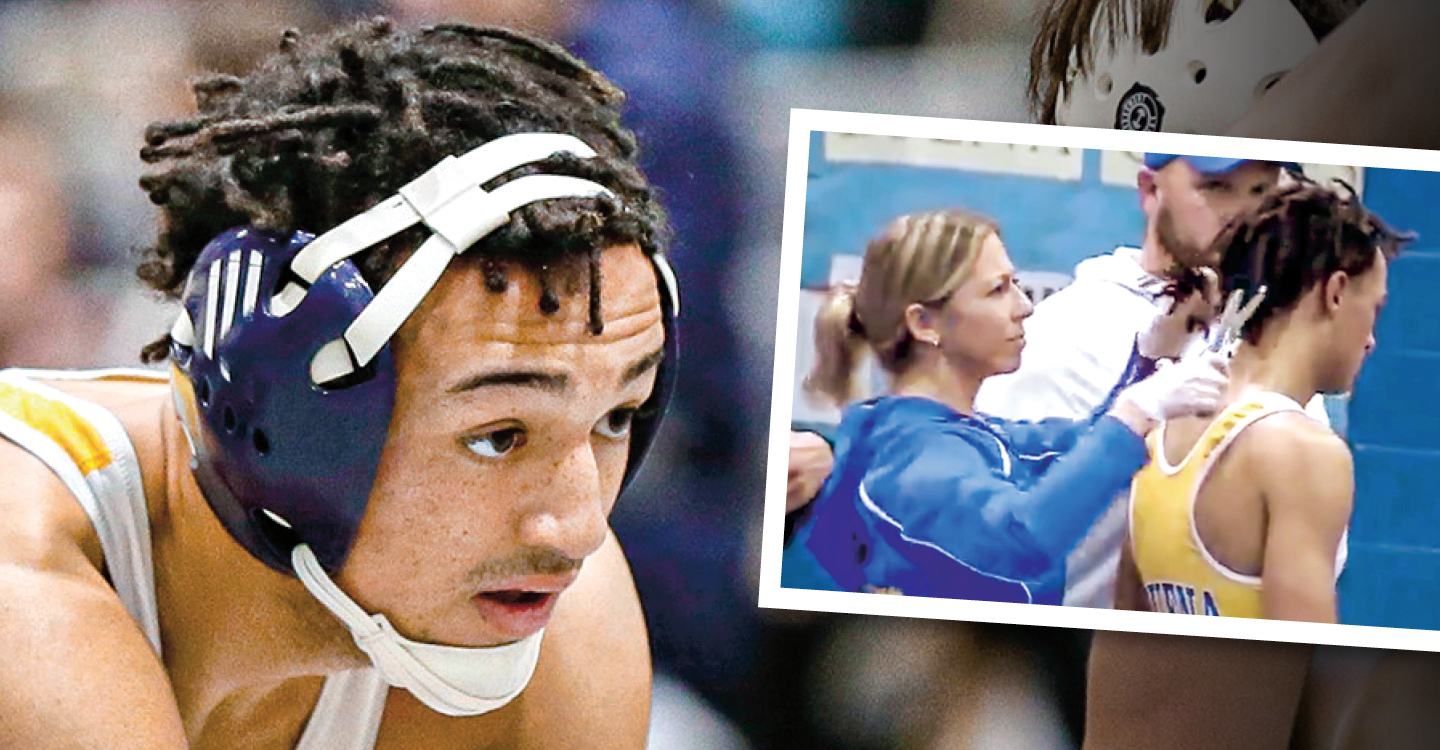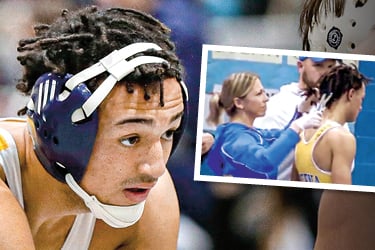A high school student in New Jersey forced to cut off his dreadlocks or forfeit a wrestling match. Fifteen-year-old twin sisters from Massachusetts threatened with suspension, kicked off their high school track team, and barred from attending prom for wearing braid extensions. An 11-year-old girl sent home from school in Louisiana all because of her braids.
These are just a few recent examples of black students being punished for hairstyles that violated dress codes. Now lawmakers in a growing number of cities and states are hoping to stop that from happening in the future.
California and New York last summer became the first states in the country to pass laws that treat the targeting of people based on their hair or hairstyle at school, at work, or in public spaces as racial discrimination. Cincinnati, Ohio, and Montgomery County, Maryland, also recently passed similar legislation on the heels of New York City, which banned hair discrimination last winter. And New Jersey, Tennessee, Michigan, Wisconsin, Kentucky, and other states are considering doing the same.
A high school student in New Jersey forced to cut off his dreadlocks or give up a wrestling match. Fifteen-year-old twin sisters from Massachusetts threatened with suspension, kicked off their high school track team, and barred from attending prom for wearing braid extensions. An 11-year-old girl sent home from school in Louisiana all because of her braids.
These are just a few recent examples of black students being punished for hairstyles that violated dress codes. Now lawmakers in a growing number of cities and states are hoping to stop that from happening in the future.
California and New York have led the charge. Last summer, they became the first states in the U.S. to pass laws to protect people from hair discrimination. These laws treat the targeting of people based on their hair or hairstyle at school, at work, or in public spaces as racial discrimination. Cincinnati, Ohio, and Montgomery County, Maryland, also recently passed similar legislation. And New Jersey, Tennessee, Michigan, Wisconsin, Kentucky, and other states are considering doing the same.


